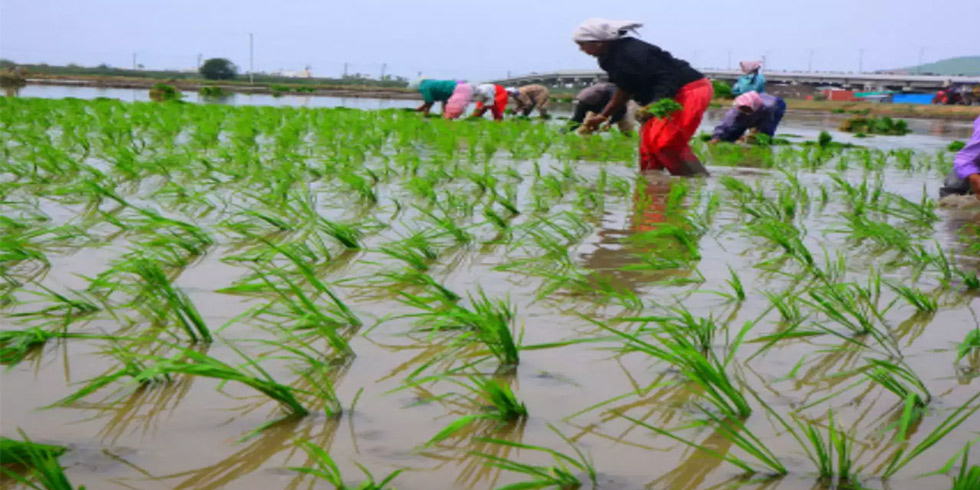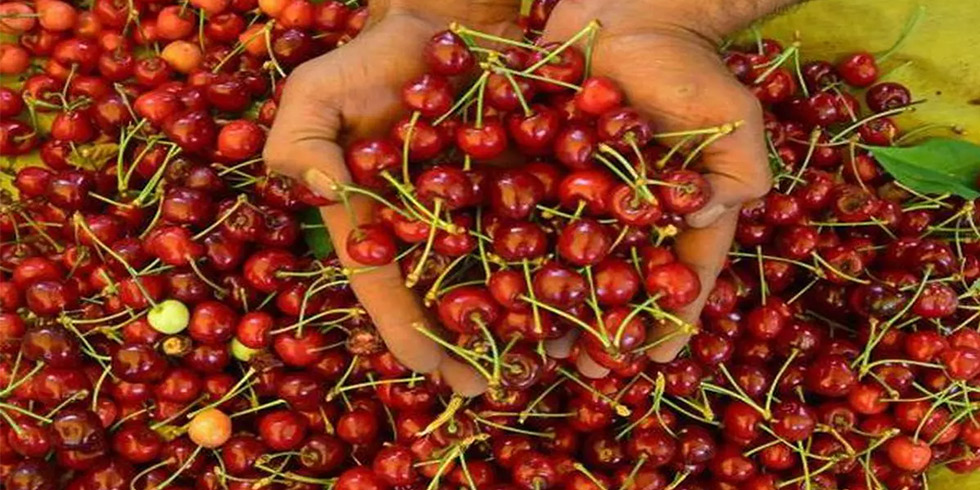NEW DELHI: India’s agriculture production and income are poised to soar as a detailed analysis of this year’s monsoon by the weather office shows there were good showers in farms that depend totally on rain, with dry patches mainly in well-irrigated zones, leading to a wider area under cultivation and likely higher yields.
“It is to be noted that till end of the season, no moisture stress has been reported for the rainfed agricultural production zones in the country despite the increased percentage of sowing during the current kharif season,” the India Meteorological Department said in its detailed end-of-season report on this year’s monsoon.
“Accordingly, as per the assessment of Ministry of Agriculture, increased yields of overall rain-fed crops, specifically pulses, oilseeds and cereals are expected.” Farm output from summersown kharif crops is forecast to rise 9% to a record 135 million tonnes, with the biggest gains in pulses, which have been in short supply after two years of drought, the agriculture ministry’s first estimate of the season’s output shows. The estimate will be revised at regular intervals as the harvest progresses and more accurate data comes in.
“The rainfall distribution during monsoon season has been fairly well distributed over all parts of the country, leading to 8.6% higher crop-sown area compared to last year, with significant increase of crop-sown area by 22.5% in pulses and 5.5% in cereals,” the IMD said. Higher output is expected to increase rural demand significantly after two years of distress due to poor monsoon rainfall.
This year’s rainfall in the June-September monsoon was 3% below average, which is regarded as adequate. Areas where rainfall was about 30% below normal include Assam, Meghalaya and Kerala, which are not significant contributors to the country’s farm output.
Rainfall was also below normal in many parts of northern India, but that will have no impact on farm production, the weather office said. “It may be noted that deficiency in Punjab, Haryana, Chandigarh and Delhi is not expected to affect the crop yields as the whole region falls under assured irrigation segment of the country,” it said in the monsoon report.
Himachal Pradesh also had below-normal rain, but it is not a grain producer, and the deficiency can be covered up by the expected surge in winter rainfall, it said. Rainfall deficiency in Gujarat region could marginally affect oilseeds production, it said.
The near-normal monsoon season has also filled up reservoirs adequately, which will ensure enough water availability in the future. “The fairly good distribution of rainfall during monsoon season 2016 has resulted in abovenormal sowing of rain-fed crops and substantial resultant surface water storage to serve irrigation requirement of rabi crops during the current fiscal,” the IMD said.








Add Comment